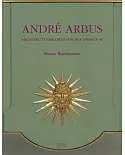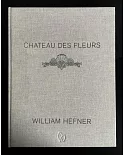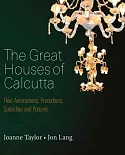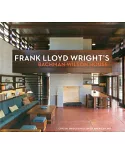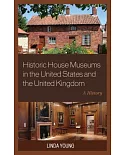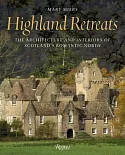From the era of Christopher Columbus, and even earlier, colonists left their home countries to venture to far-away lands. As they settled permanently into outposts in the farthest reaches of
the globe, the colonists built residences that combined the architecture of their countries of origin with the design characteristics of their new lands. Such a synthesis of tradition and
regionalism created the unusual hybrid designs of many of the world's most elegant and beautiful houses and estates.
For this volume, author and photographer Ovidio Guaita has traveled to dozens of countries to trace the many paths of the colonists: from England to North America, the West Indies, the Far
East, and Australia; from Portugal to Brazil, Madeira, and Malaysia; from Holland to South Africa and the East Indies; from Oman to Zanzibar; from China to Korea; and more. Each conjunction of
local and foreign cultures formed unique and immediately recognizable styles: British neoclassical architecture in the colors of the tropics; functional European wood structures highlighted by
geometric Arabian tracery.
Guaita's dazzling color photographs also show decorative elements derived from blending two different cultures. The Omani door, for instance, retains its importance in colonies on Zanzibar and
along the coast of Kenya; the distinctive form and color of the Chinese roof, which represent social status, are also present in Korea and Taiwan. The author's fascinating study portrays the
rich cultural and architectural legacy resulting from different cultures meeting and coming together.








